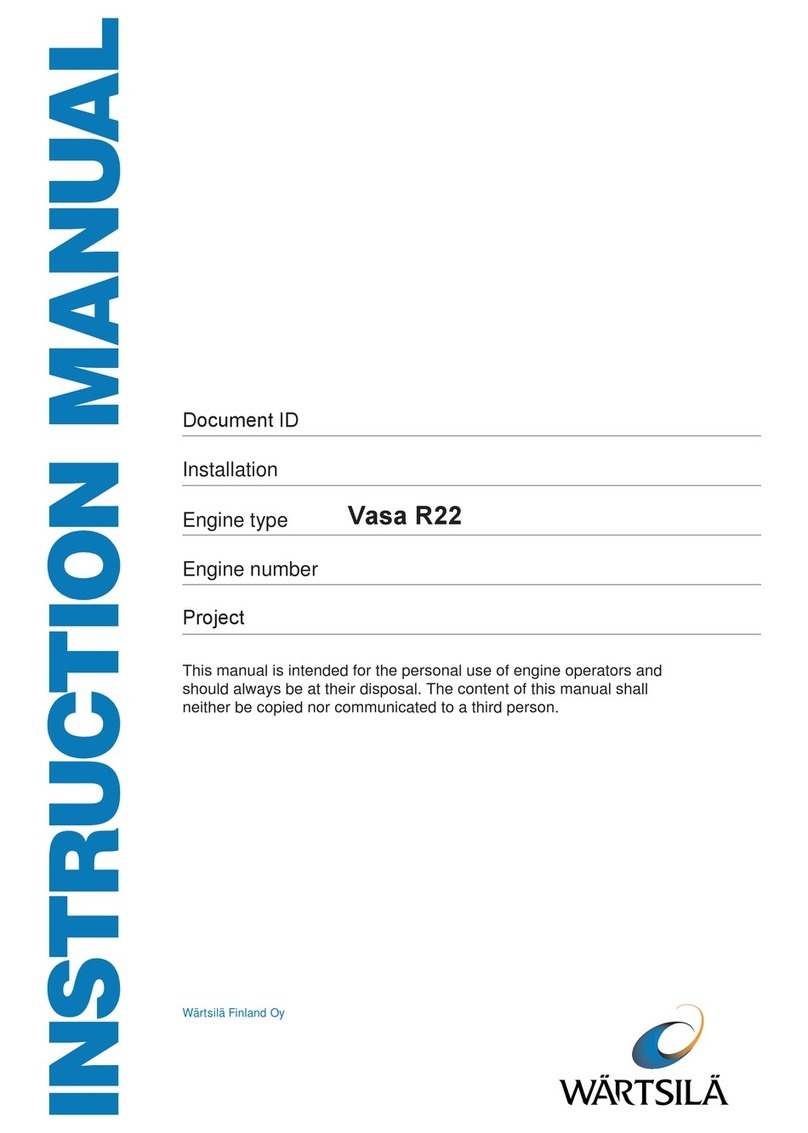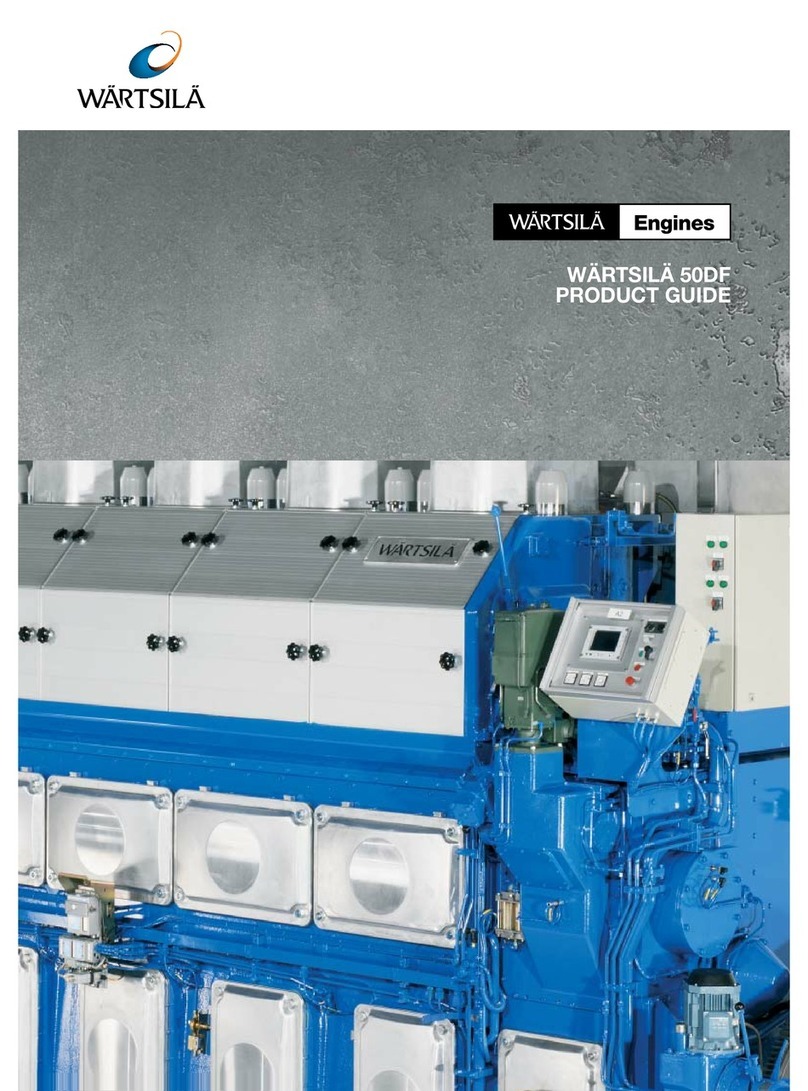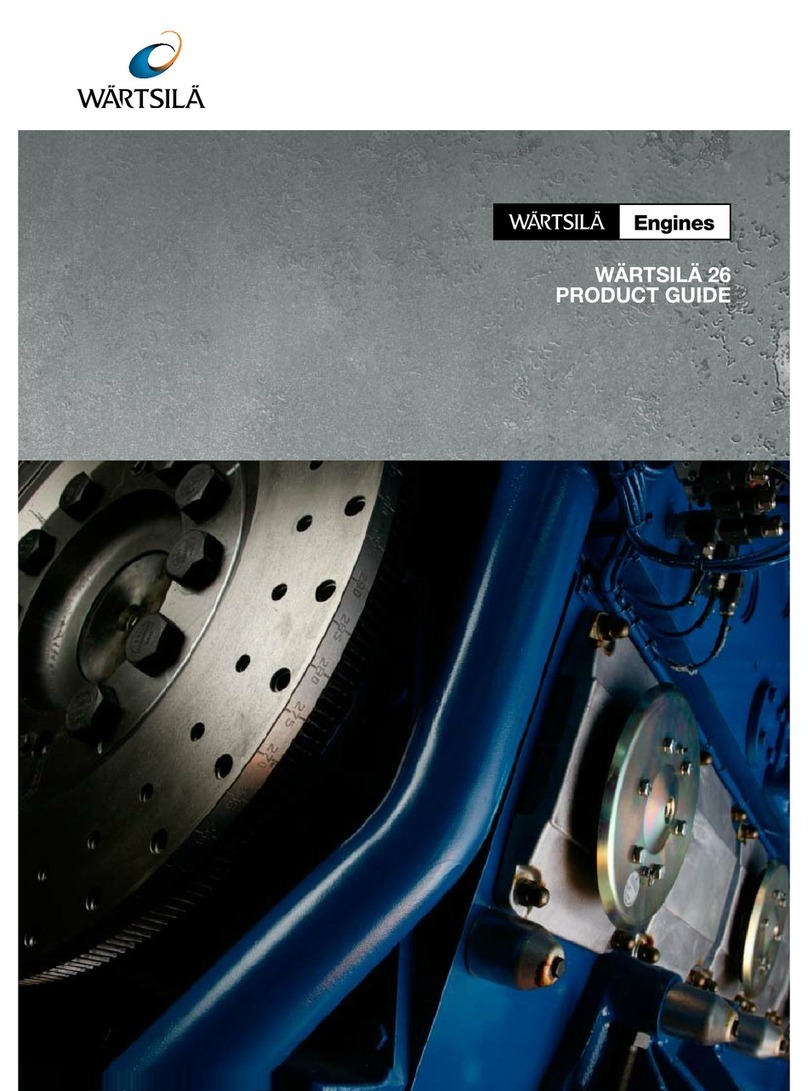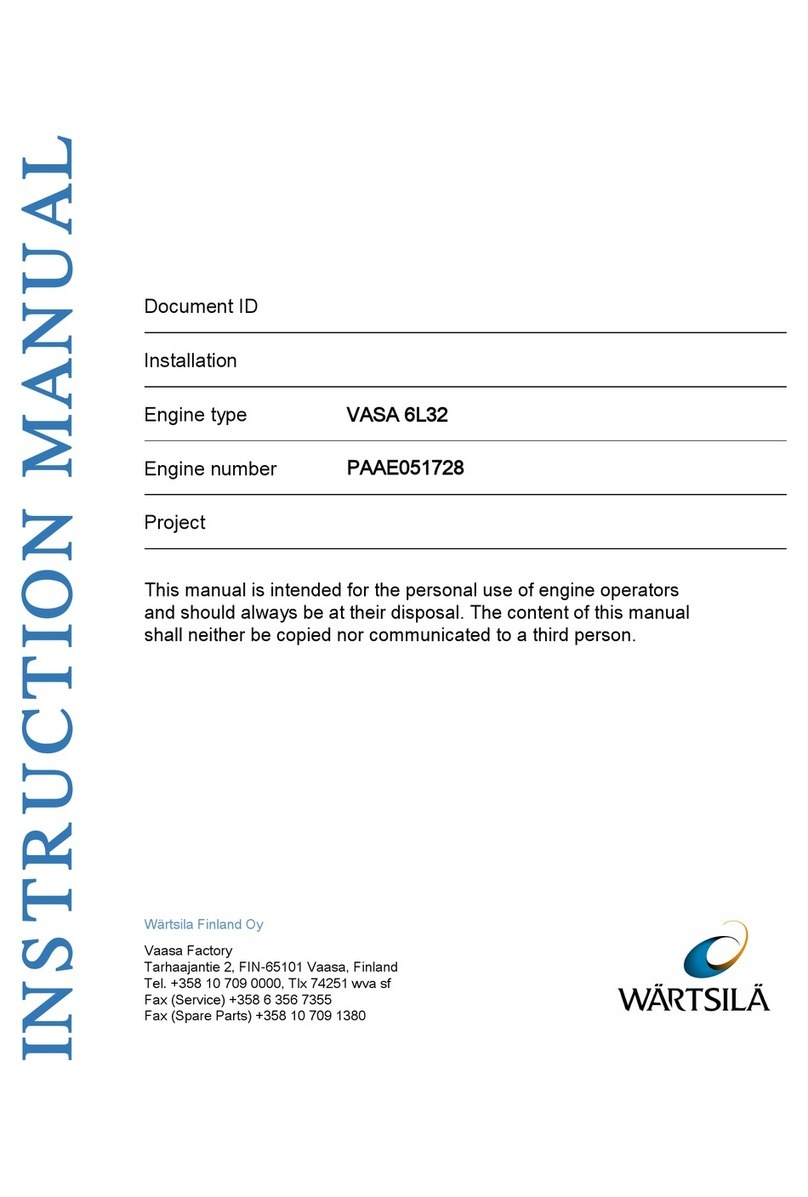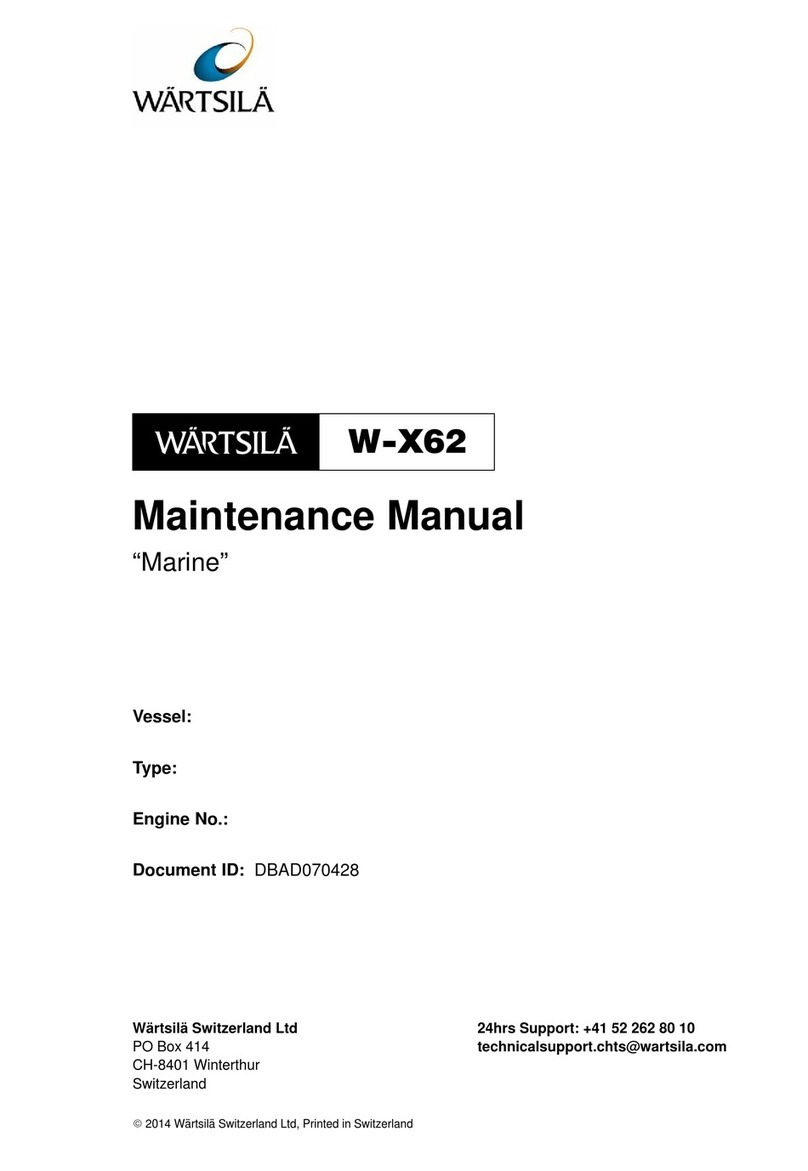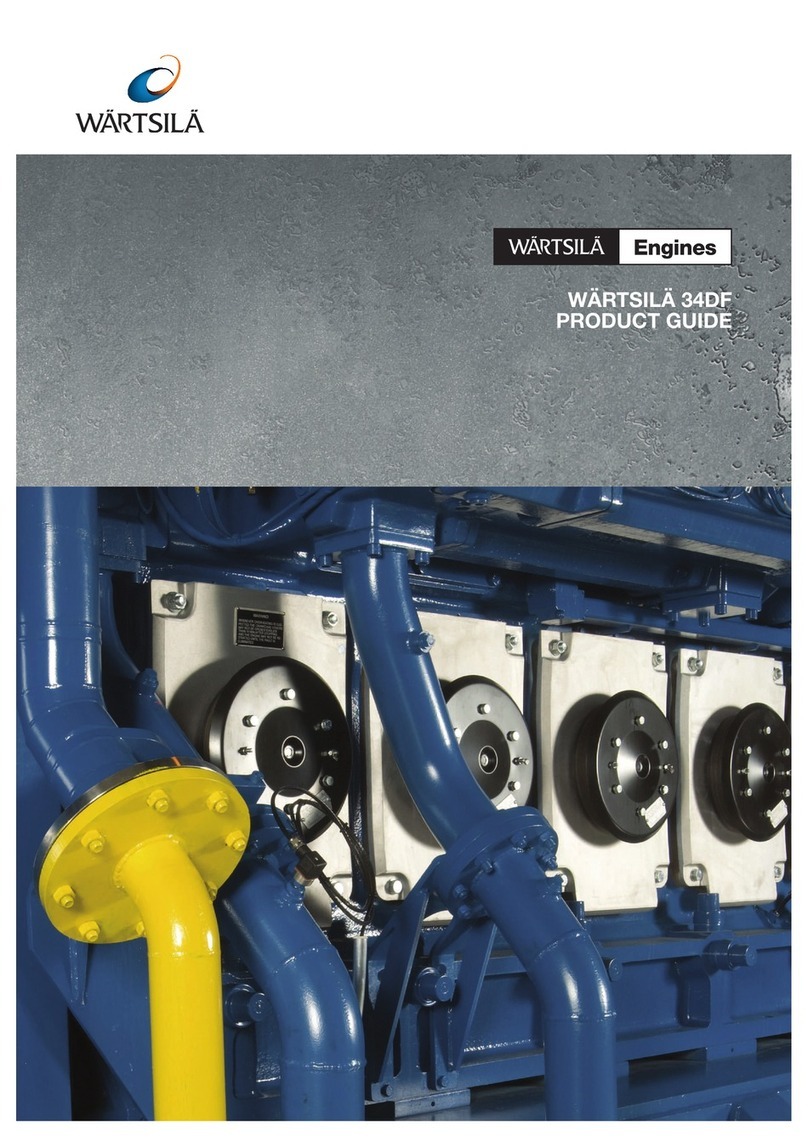
Page | 6
7.3 Crankcase ventilation system ........................................................................................................ 69
7.4 Flushing instructions....................................................................................................................... 70
8. Compressed Air System ........................................................................................................................ 73
8.1 Instrument air quality ...................................................................................................................... 73
8.2 External compressed air system .................................................................................................... 73
9. Cooling Water System ........................................................................................................................... 76
9.1 Water quality .................................................................................................................................. 76
9.2 External cooling water system ....................................................................................................... 76
10. Combustion Air System ......................................................................................................................... 84
10.1 Engine room ventilation .................................................................................................................. 84
10.2 Combustion air system design ......................................................................................................... 85
11. Exhaust Gas System ............................................................................................................................. 88
11.1 Exhaust gas outlet ............................................................................................................................ 88
11.2 External exhaust gas system ............................................................................................................ 89
12. Turbocharger Cleaning ......................................................................................................................... 96
12.1 Turbine cleaning system ................................................................................................................ 96
12.2 Compressor cleaning system ......................................................................................................... 97
13. Exhaust Emissions ................................................................................................................................ 99
13.1 Gas engine exhaust components ................................................................................................... 99
13.2 Marine exhaust emissions legislation ............................................................................................. 99
13.3 Methods to reduce exhaust emissions ........................................................................................... 99
14. Automation System ............................................................................................................................. 100
14.1 Technical data and system overview ........................................................................................... 100
14.2 Functions ........................................................................................................................................ 104
14.3 Alarm and monitoring signals ....................................................................................................... 105
14.4 Electrical consumers .................................................................................................................... 105
14.5 System requirements and guidelines for gas-electric propulsion ................................................ 107
15. Foundation ............................................................................................................................................ 110
15.1 Mounting of generating sets ........................................................................................................... 110
15.4 Flexible pipe connections ............................................................................................................. 112
16. Vibration and Noise ......................................................................................................................... 114
16.1 External forces & couples ............................................................................................................ 114
16.2 Mass moments of inertia .............................................................................................................. 116
16.3 Air borne noise ............................................................................................................................. 116
16.4 Exhaust noise ............................................................................................................................... 117
17. Power Transmission ............................................................................................................................ 118
17.1 Flexible coupling ........................................................................................................................... 118
17.2 Input data for torsional vibration calculations ............................................................................... 118
17.3 Turning gear ................................................................................................................................. 118
18. Engine Room Layout ............................................................................................................................ 120
18.1 Crankshaft distances .................................................................................................................... 120


